The Waterside Inn holds an historic place in British culinary history. Opened in September 1972 by Michel Roux, it gained a Michelin star in the brand-new Michelin UK guide in 1974, a second in 1977 and the ultimate third star in 1985, which it has retained ever since. The original Roux Brothers property, Le Gavroche, opened in 1967, with Albert staying there while Michel opened up The Waterside Inn in Bray. Le Gavroche also gained its first star in 1974, its second in 1977 and a third in 1982, beating the Waterside to the final hurdle by three years. However Le Gavroche dropped its third star in 1993, but the Waterside Inn has never faltered in the Michelin stakes.
In 2002 the Waterside Inn saw a transition in the kitchen from Michel to his son Alain Roux, in the same way that Albert Roux handed over the reins of Le Gavroche to Michel Roux Junior. Both The Waterside Inn and Le Gavroche kitchens have both seen a long line of influential British chefs learn their trade. It is hardly an exaggeration to say that the Roux brothers put modern British cuisine on the map.
The setting at the edge of the water in Bray is exquisite, with a weeping willow and a pier at which boats can tie up. The dining room and a new private function room look out over the river. There is a little riverside gazebo for drinks. The dining room is formal and traditional, with impeccably ironed linen tablecloths; there is even a duck press. The building itself was formerly a pub before its transformation into the current property.
The tasting menu here was at the time of writing priced at £160 a head, and there was a full a la carte selection as an alternative (starters were £30 to £37, fish courses £58 to £60, main courses £50 to £57.50, vegetable side dishes £9 - £12 and desserts £31 to £41, with cheese at £31 and coffee with mignardise at £12.50. The wine list is extensive and very French. There was the odd modestly priced bottle, but in general the list ranges through the classical growers of the established French vinous regions, with mark-ups that cannot be described as kind. Sample labels were Weinbach Pinot Blanc reserve 2013 at £75 for a bottle that you can pick up in a shop for £14, Mellot Chatellenie 2015 at £54 compared to its list price of £18, and Guigal Brune et Blonde 2010 at £159 for a wine that will set you back £41 in a shop. If you have the means then there is plenty of choice to splurge, with Chateau d’Ampuis Guigal 2003 at £330 for a bottle that retails at £96, and Leoville Barton 2000 at £397 compared to a current market price of £112.
After some very enjoyable gougere nibbles, the first formal starter of the meal was scallop discs topped with Oscietra caviar and a lemon oyster sauce with oyster leaf, and a slice of smoked salmon. This was perfectly pleasant, and the salmon was apparently smoked in-house, but it was hard to get excited over this dish. The scallops were fine but far from exceptional (15/20). As an aside, it seemed like a peculiarly small portion as part of a four-course menu.
Next was turbot from a medium sized fish that was accurately cooked, served with croutons, a sauce of grapes/raisins and a few green vegetables. The sauce, pink in colour, was essentially a variant of Hollandaise cut with verjus (unripe grapes), and had a sweet tinge that for me did not work very well with the fish. Surely a more classical accompaniment would have been a better idea? (15/20 at best).
The highlight of this meal was a main course of venison Wellington. This featured roe deer loin with a mushroom duxelle surrounded by pastry and accompanied by blackcurrants and a sauce of the cooking juices, Hermitage wine and blackcurrant vinegar, accompanied by broccoli florets. This was a lovely dish, the venison precisely cooked and having excellent flavour, the pastry light and the blackcurrants providing balancing acidity (easily 18/20).
Desserts have traditionally been the strong suit of this restaurant, but today the trio of miniature desserts were merely enjoyable. A little rum baba with pineapple was moist and had a pleasant kick of rum, praline crème brulee was capably made and a blackcurrant macaron was nice. However this was a capable dessert, but hardly something out of the top drawer. I don’t think the pastry sections at, say, Pic or Ambroise will be quaking in their boots based on this showing (17/20).
Service was impeccable, the staff friendly and well drilled. The bill came to £140 a head on this occasion, as part of a private function. If you had three courses and coffee and shared a modest bottle of wine you would struggle to escape for less than about £180, and the bill could easily be higher. The Waterside Inn has many positive aspects: the glorious setting, the flawless service, the appealing menu of classical dishes, just the kind of food that I enjoy. However the cooking these days seems to me to be merely good rather than thrilling. If I compare this meal to, say, my recent meals at The Ritz, which serves a quite similar style of food, I would say that the latter had the edge. Yet until September 2016 The Ritz had no Michelin stars and The Waterside Inn has three. For what it is worth, The Good Food Guide rates The Waterside 26th in the UK, which differs significantly from Michelin’s view that it is in the top four. Ignoring the rating, which is after all an issue for Michelin and its conscience rather than the Waterside, the main issue to me seems to be value for money. The best dishes, such as the venison Wellington today, are lovely, but my last few meals here have struggled to maintain consistent excellence throughout the meal. This is problematic given the quite considerable price point. No one doubts the contribution that The Waterside Inn has made to British cuisine, but for me it needs to raise its culinary level given its high profile and prices, and to truly compete with the very top restaurants in France.
Further reviews: 21st Apr 2023 | 09th May 2010





































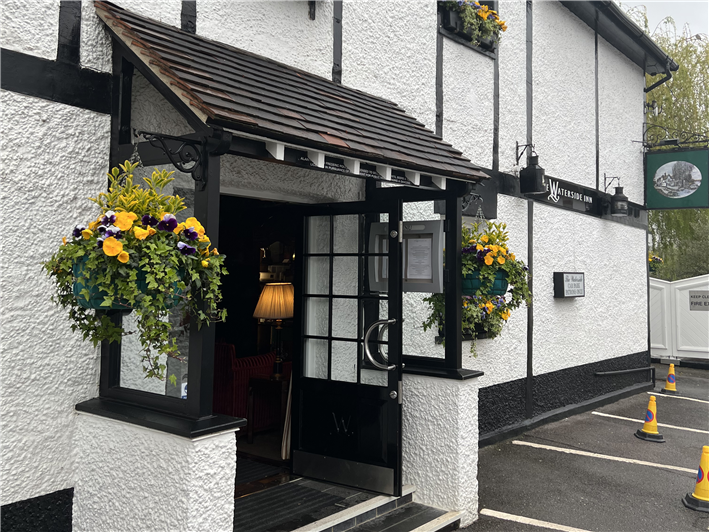

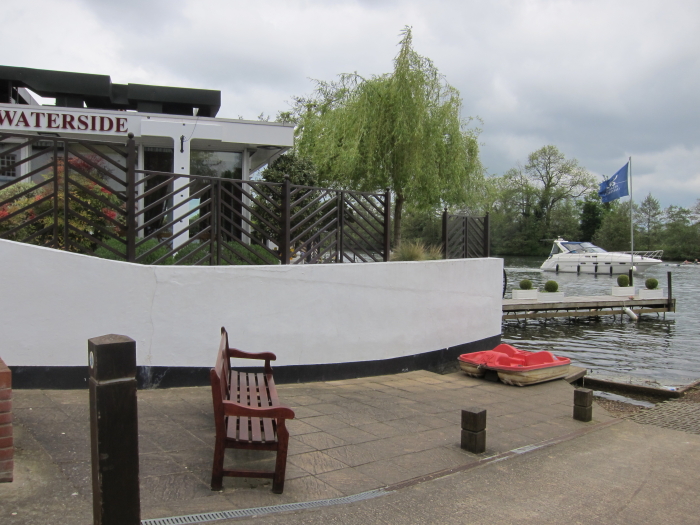


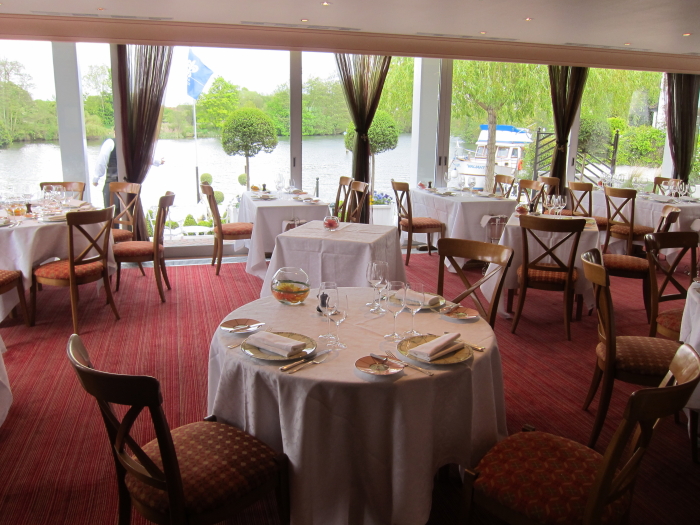
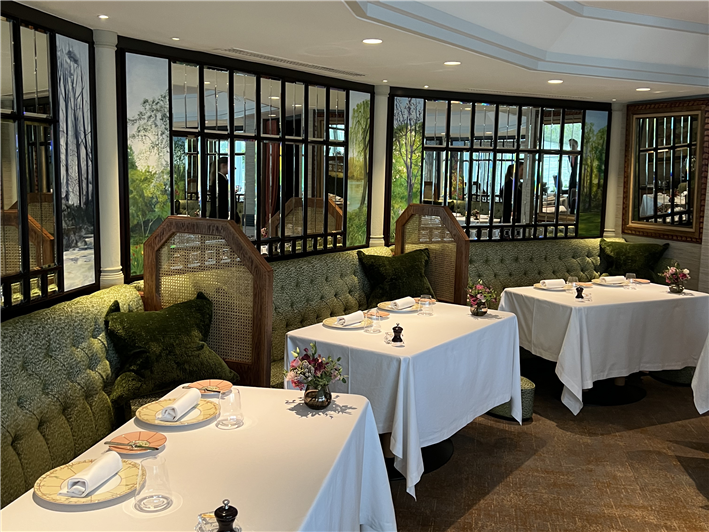
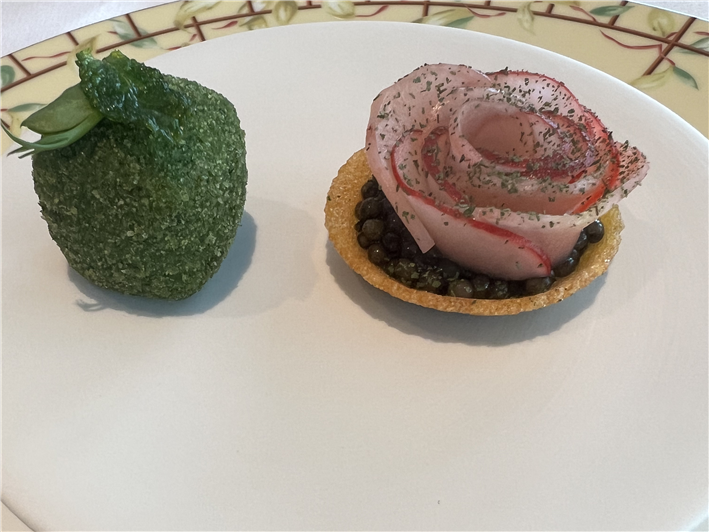
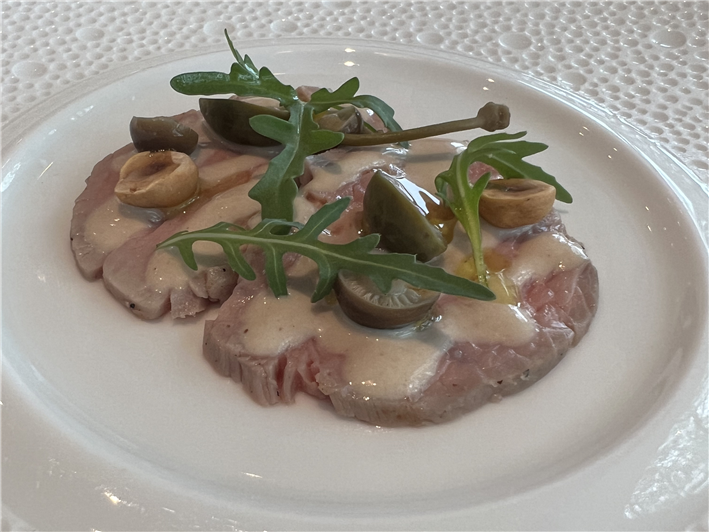
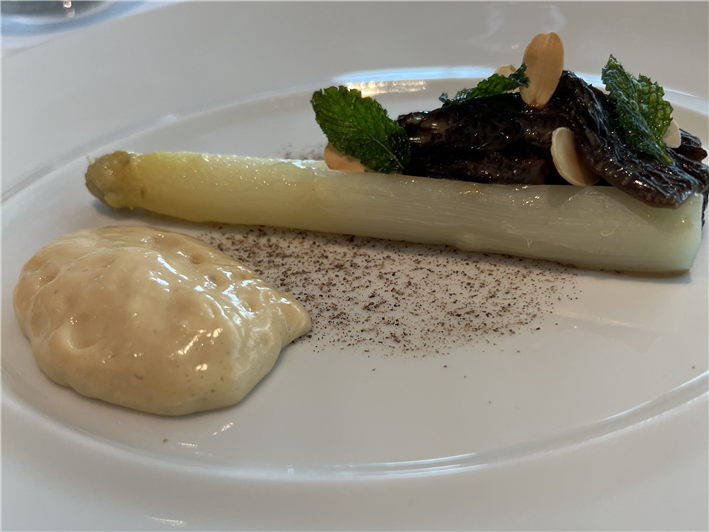
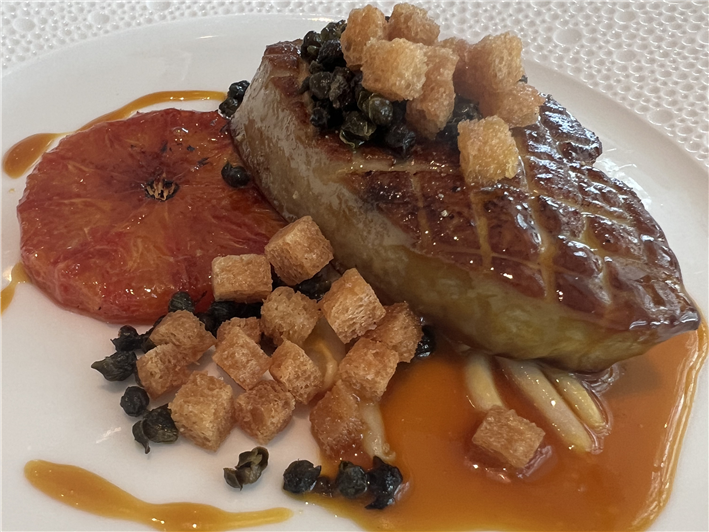
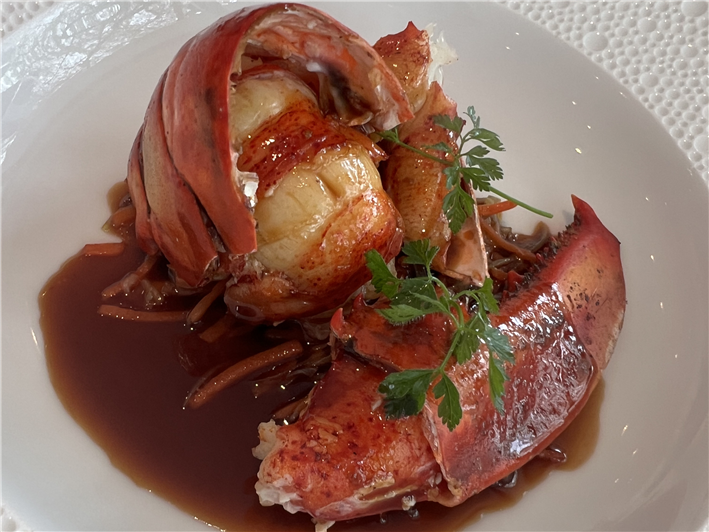


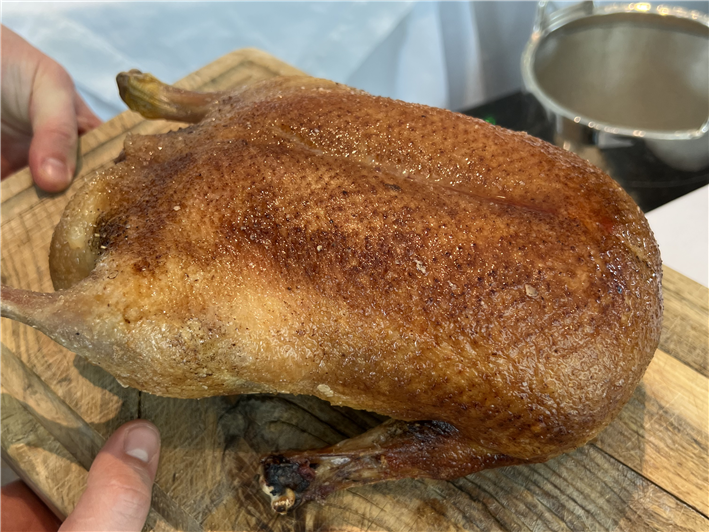

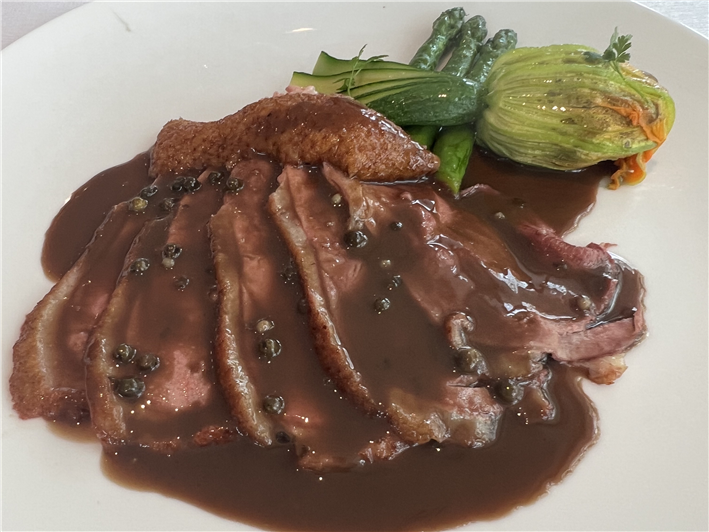

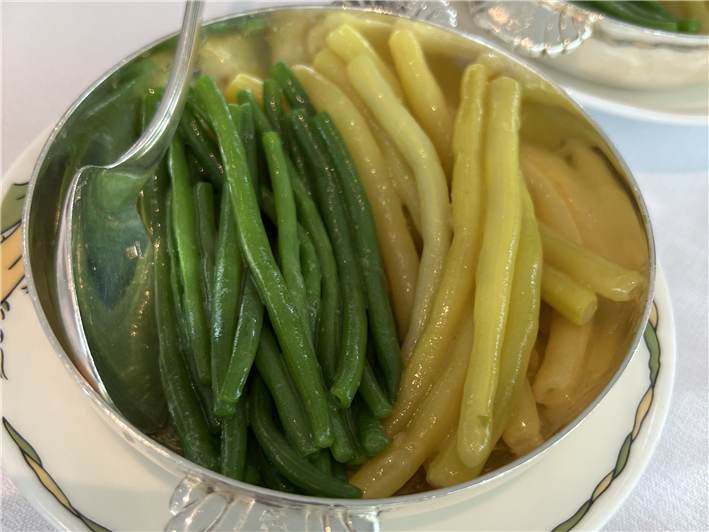
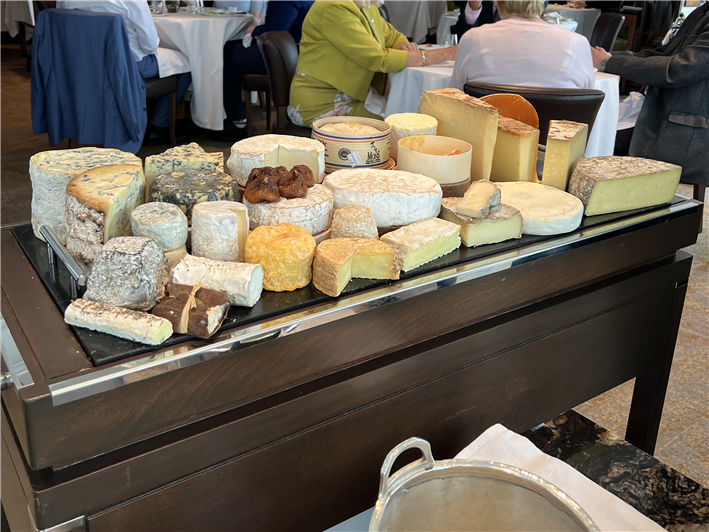
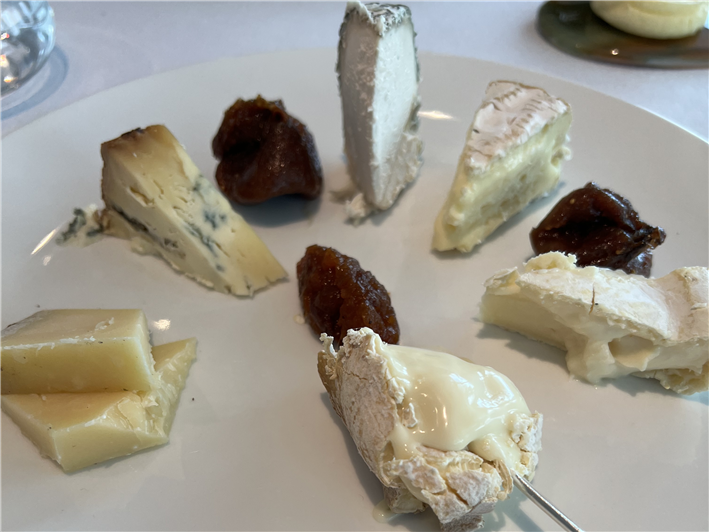
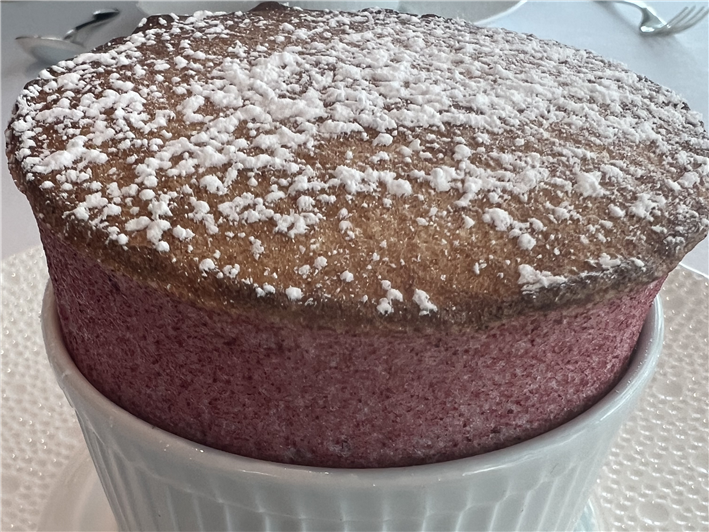


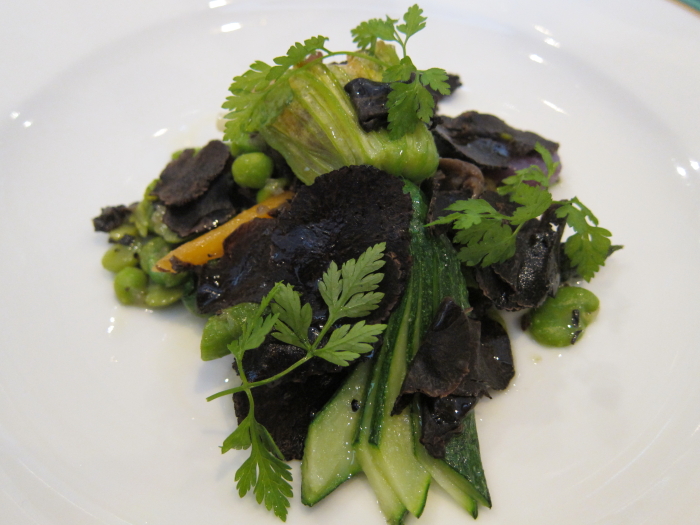


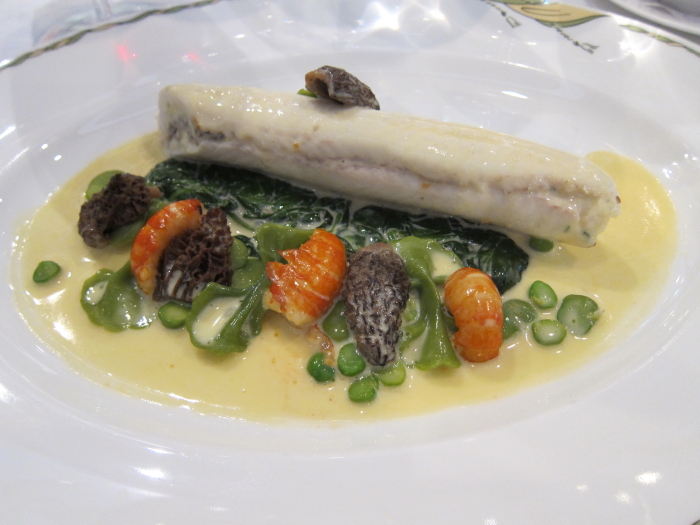
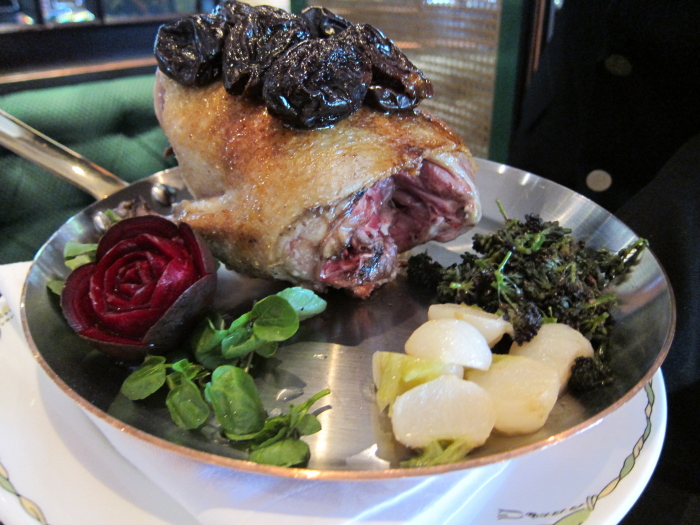
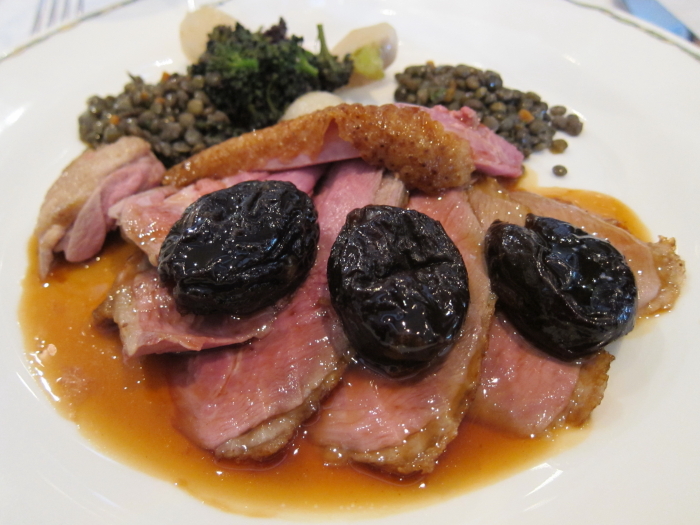
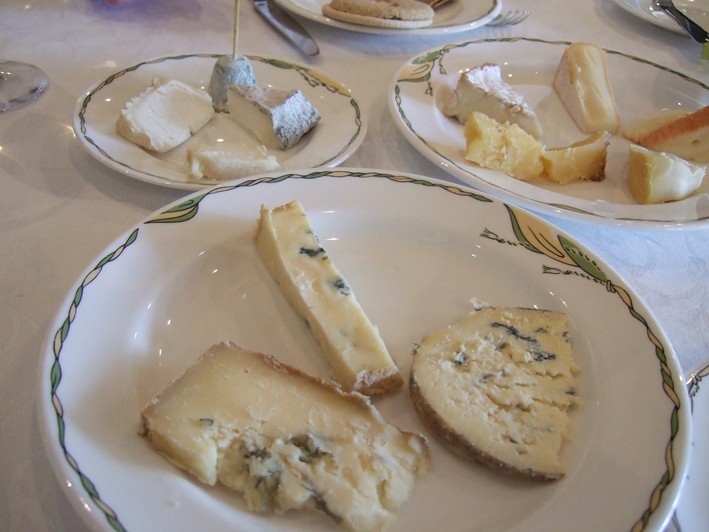

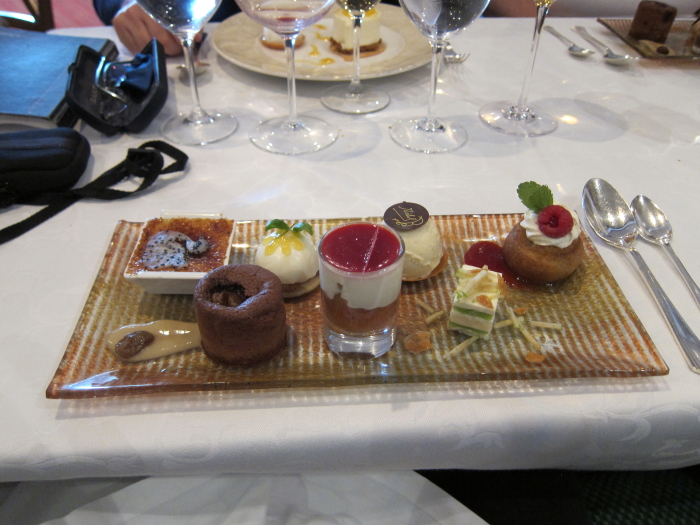
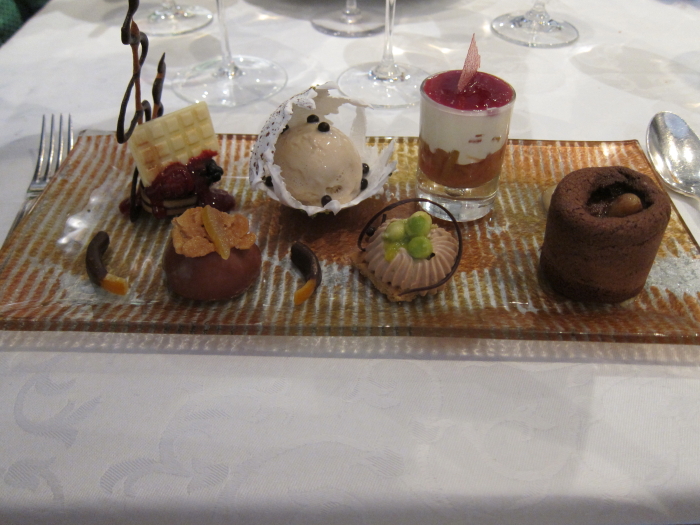
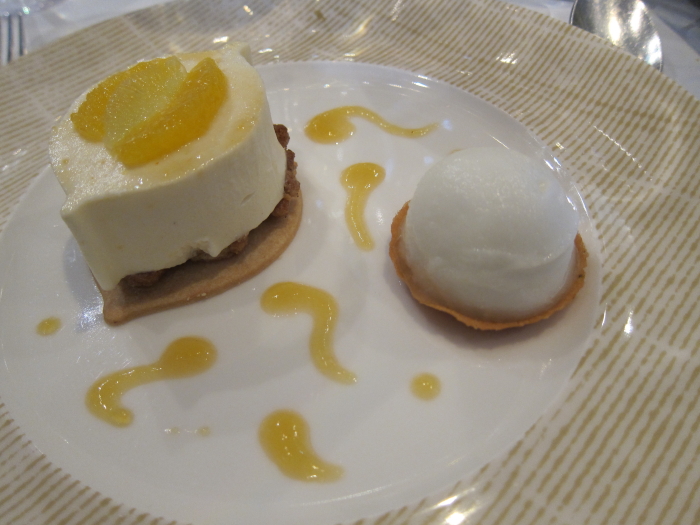
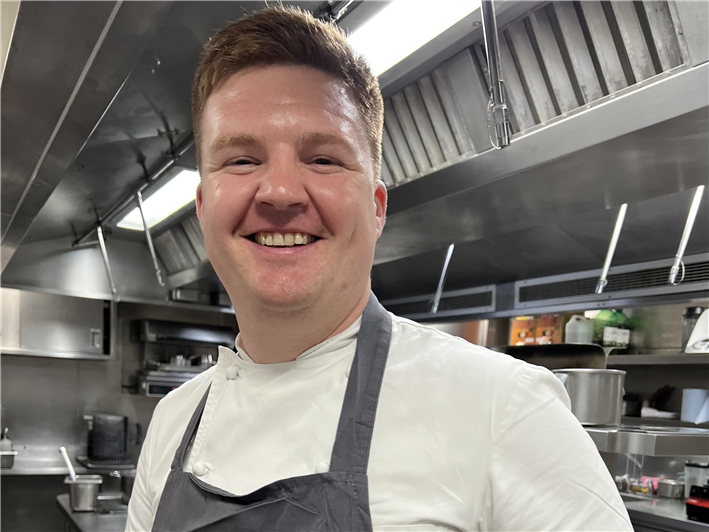

Chris Caulfield
You were there the day after I was! Front of house is still the best in the land. Such a lovely place.